Original anime series are becoming more and more apparent as the demand for the medium continues to evolve. While adaptations of manga and light novels are still the primary source for anime, original ideas have taken shape in recent years, particularly those animated by Wit Studio. With Great Pretender two years ago, and Vivy: Fluorite Eye’s song last year, the highly regarded studio has now given us yet another original anime series for the third year in a row with Vampire in the Garden.
While the latter might not hold its weight to the former, Vampire in the Garden still carries its own in more ways than one. Along with a great script, casting, and production staff, the five-episode original anime series is a must-watch from beginning to end.
The story doesn’t simply replicate the idea of music being the hands that tie the knot between two different worlds. Rather, it takes music as a mainstay and intertwines it with a vampire’s (Fine) dream to create an idealistic world with a young, teenage girl (Momo) whose own personal views matured on the matter as the story progresses.
Of course, we’ve seen this more times than we can count in not just anime, but in cinema and television shows as well—two characters that shouldn’t be together end up creating a world, or obtaining a goal, that everyone else told them was impossible, shattering everyone’s doubts in the end. In this sense, the series could be seen as generic. However, it’s how the series unfolds that makes Vampire in the Garden stand out from others in this realm of storytelling.
More Than Just Two Different Backgrounds
The use of two main characters coming from different backgrounds is not by any means a groundbreaking concept. But in the short time the series had, Vampire in the Garden manages to give viewers a firm grasp on how two separate worlds operate and what each of them believes in. One could even say the series deserves more credit for executing all of this in just five episodes. Not only does the world-building grow at an expeditious rate, but the reasoning for why the two main characters came together ended up constructing a gut-punching story that’s just impossible to grow bored of.
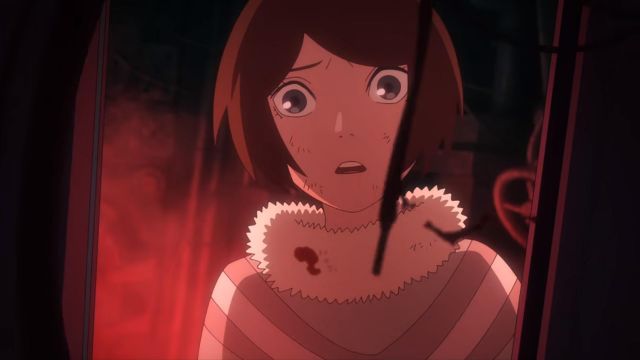
The series could’ve easily given the background story of each character and left it at that. But Vampire in the Garden took it a step further. With Fine being a vampire who has lived much longer than Momo has, she didn’t simply think the same as Momo by hating the world she grew up in. On the contrary, Fine was actually introduced to the idea of such by a human in the past she loved–Aria.
But despite Aria being killed in the crossfires of war between humans and vampires, Fine still held such an ideal world of coexisting close to her heart. Meanwhile, Momo, a rebellious teenager sick of the world she’s living in, just wants it all to end with no real, logical goal in mind at first. And that slight difference is what set Fine and Momo apart, making them the ideal pairing for this story.
In contrast, Fine had the idea of a world where vampires and humans could coexist that was set in place by a dear friend. Meanwhile, Momo had to actually develop the same mindset over time due to her environment and abusive upbringing, with Fine being her primary source of inspiration–not only for a world she wanted to be a part of but to help create as well. Interestingly enough, neither of them had the idea of coexisting at the beginning of their journeys. But just as Aria instilled the idea in Fine over time, she did the same for Momo. And that connection ended up being through their appreciation of music.
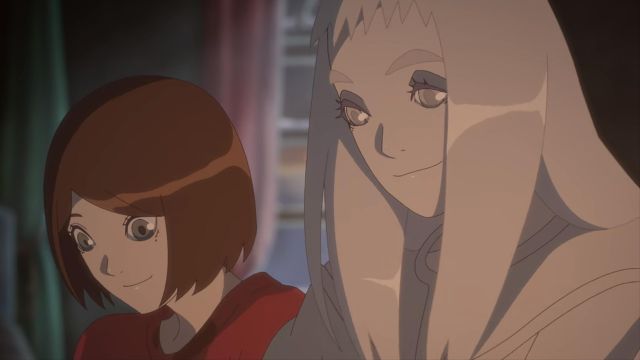
How the series showed their slight differences in each other’s personalities throughout the story is what also sets it apart. There’s never a boring moment because Fine’s and Momo’s core beliefs bounce off of each other in perfect harmony. Despite some occasional dissonance, the two end up becoming a unique symphony that’s capped off with a thrilling cadenza.
Their characters are similar and in stellar contrast simultaneously, as are their worlds in that regard. Momo coming from a decrepit, music-less world that hates vampires and befriending Fine who finds solitude in music in a world that hates humans, was a simplistic yet clever concept by director and scriptwriter, Ryōtarō Makihara. But it’s not just the foundation of contrast in Vampire in the Garden that stands out, it’s the extraordinary use of the passage of time that begins to eliminate that same contrast we noticed at the very beginning of the story. This is where Makihara’s true genius showed.
As one side (Fine) was closer to the goal of coexistence while the other (Momo) wasn’t near it, this shift kept changing throughout the story which ultimately led to a complete switch at the end of the series. Not only in ideals but in everything, including each other’s health and physical strength. Makihara’s use of contrast to tell a story was second to none and one of the best displays in all of anime this year. Not only did he show this through scriptwriting, but also in his ability to storyboard it perfectly as well.
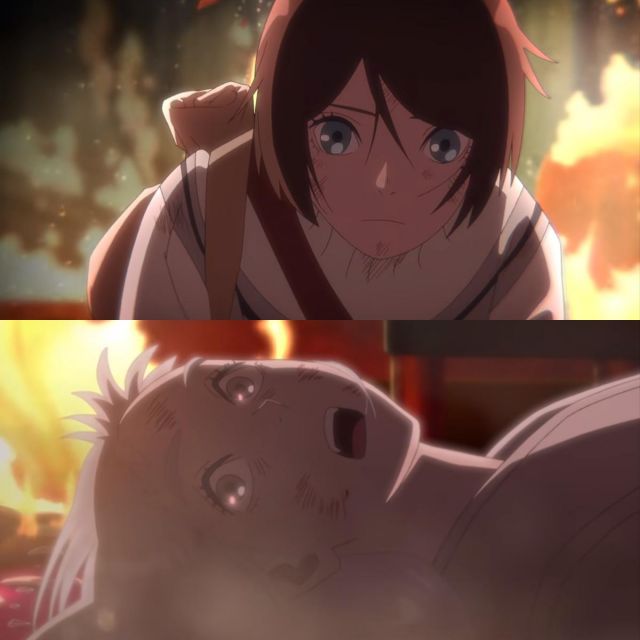
Don’t Over-Expect
Vampire in the Garden is a five-episode series. Going into it and expecting the greatest character development you’ve ever seen is senseless. Thinking the series is going to live up to other vampire anime such as Hellsing is also shooting just a bit too high. That being said, the series does have its plot holes.
The talk of maintaining Fine’s bloodline with the elders really had no strong significance to her story. Rather, it was Allegro, who played devil’s advocate, that had a much bigger impact on Fine’s character that needed more exploring. We eventually learn just a little bit about Allegro and their history together. But in a five-episode series, run-time can put a damper on diving deep into every possible character’s past and detail. However, as a vampire who felt it was necessary to rid the world of humans and knew that coexisting was a preposterous goal, Allegro still managed to play his role perfectly despite having room to grow as a character.
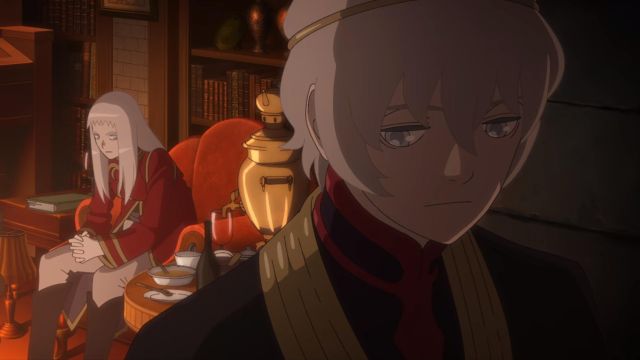
Even more so given his character was voiced by Chiaki Kobayashi (Great Pretender – Edamame, Moriarty the Patriot – Louis James Moriarty), who put on a stellar performance. As did Megumi Han (Hunter x Hunter, Gon Freecss) as Momo and Yu Kobayashi (Attack on Titan, Sasha Blouse) as Fine. The casting couldn’t have been any better.
But with predictable moments such as Momo and Fine winding up in a faux civilization of their ideal world near the climax of the series or Fine being on the brink of killing Momo multiple times but never amounting to actually doing any real harm, the series does have its slight downsides. But that’s the thing—they’re only slight.
There’s really no significant problem with Vampire in the Garden that could warrant a low rating or negative review of the series. It’s just not doable without amounting to some ridiculous implication. The series managed to do so much more right than wrong.
From the use of setting the scene with wide shots of various settings throughout all five episodes to the well-executed use of close-ups making big moments more impactful, even the production values alone for Vampire in the Garden are enough to give the series a watch. That’s not even including the amount of wonderful adrenaline-pumping action in the series. In short, the i’s were dotted, the t’s were crossed, and Wit Studio delivered another stunning original anime series.
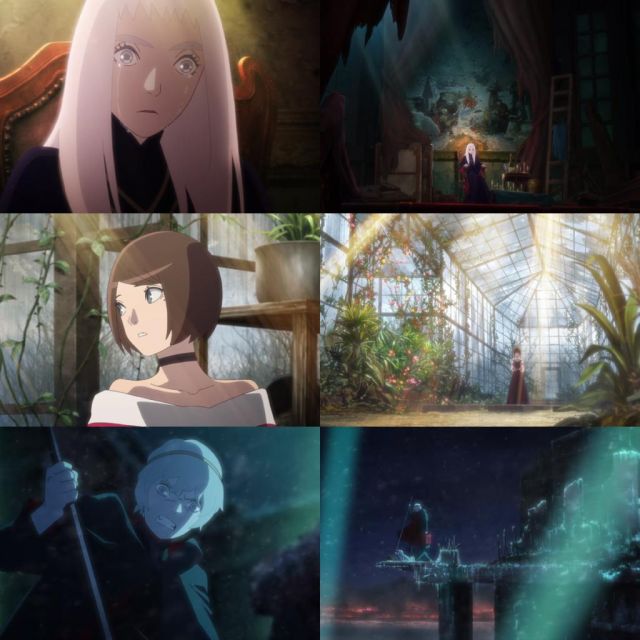
Vampire in the Garden – Wrap Up
Vampire in the Garden in its own right is more than just a series about one vampire and one human striving for a coexistence utopia with music acting as the bridge. Once you look past that simplistic idea, the series actually delivers on many fronts that anime fans look for in a quality anime series—great action, impressive animations, stellar contrasting characters and civilizations, beautiful artwork, an invigorating soundtrack, and an all-around well-written script with an ending that leaves viewers completely satisfied and void of any angst to see more of the world that came to be.
Vampire in the Garden started off as a simplistic idea that bloomed into an epic tale with consistent linear storytelling, never once letting the viewers forget what the ultimate goal was along the way. From screaming in excitement one moment to shedding tears the next, then finally coming away from the five-episode original tale with a soft smile on your face is what Vampire in the Garden is all about.
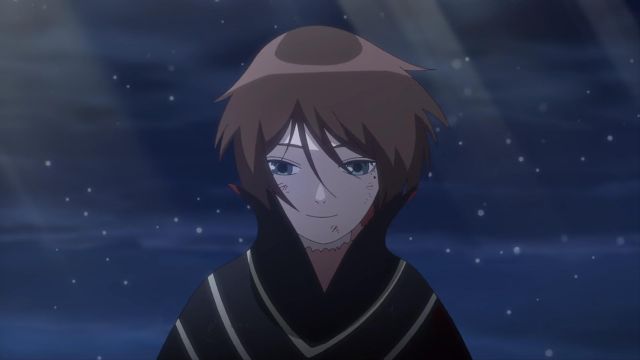
Screenshots via Netflix
©WIT STUDIO/Production I.G











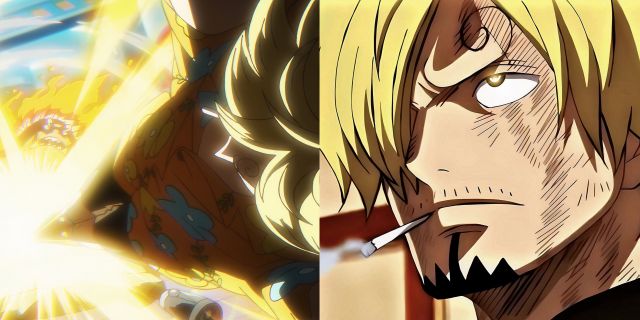
Leave a Reply